Check out this amazing video about Synthetic Biology! (Credit: Vasil Hnãtiuk, Denis Sibilev, and Andrei Myshev)
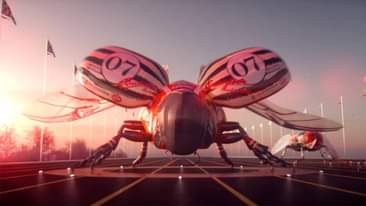

Check out this amazing video about Synthetic Biology! (Credit: Vasil Hnãtiuk, Denis Sibilev, and Andrei Myshev)

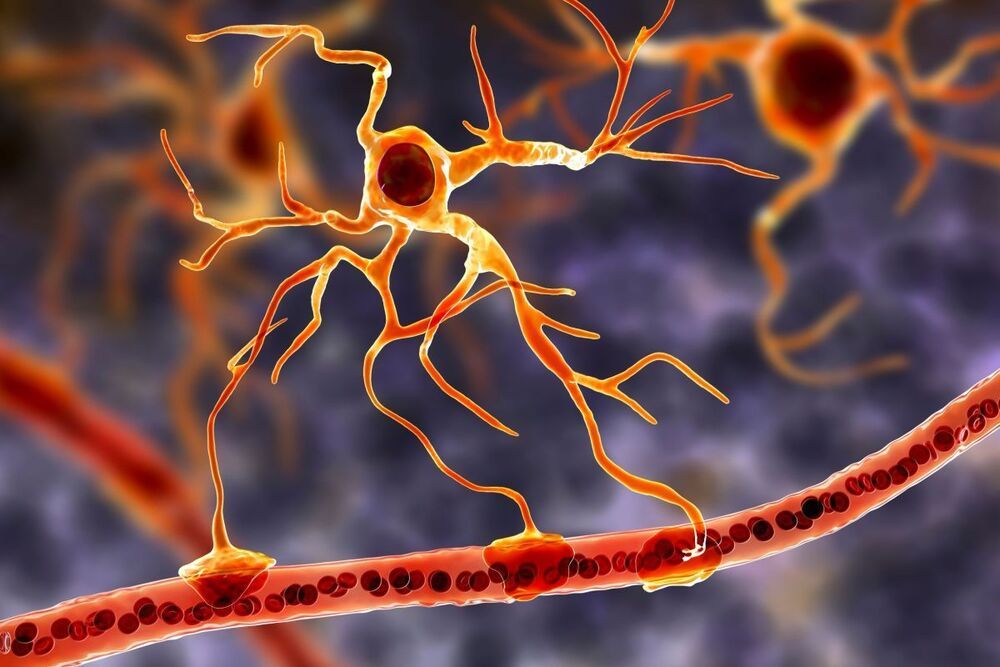
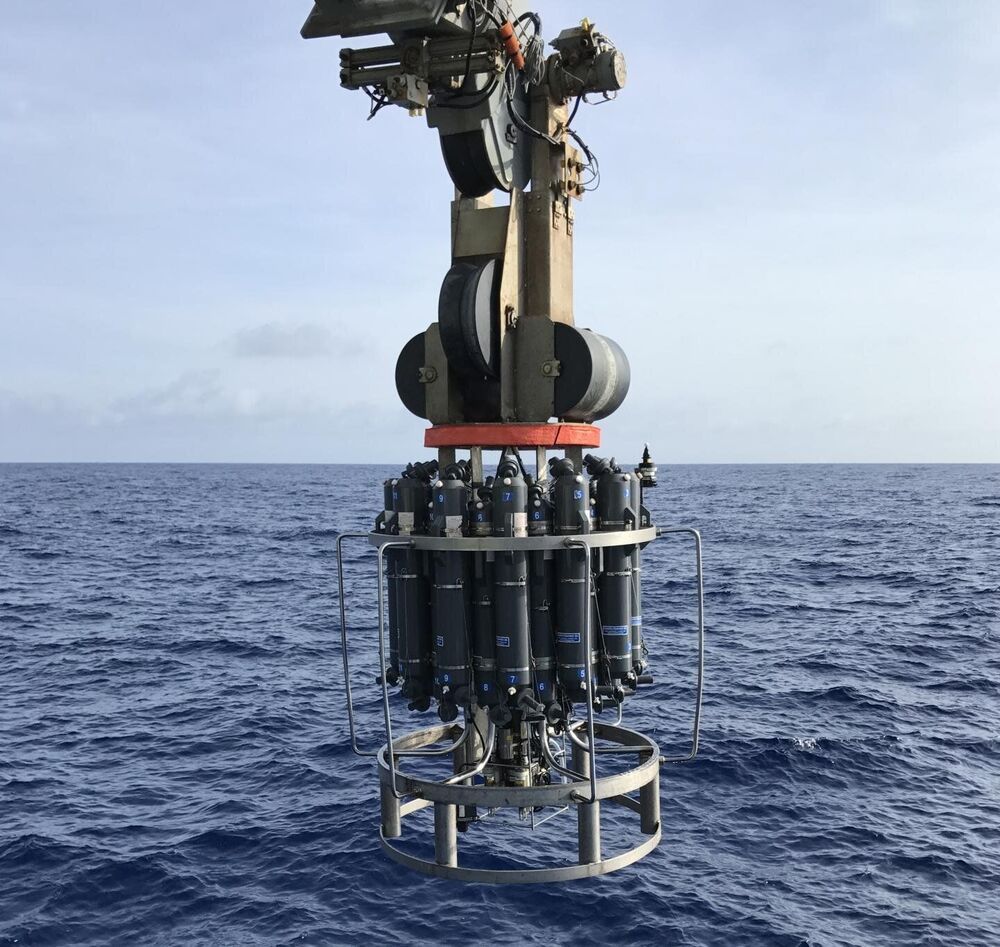
OEC promoting STEM education in Africa.
If we know a protein’s structure, we can make educated guesses about its function. And by mapping thousands of protein structures, we can begin to decipher the biology of life.
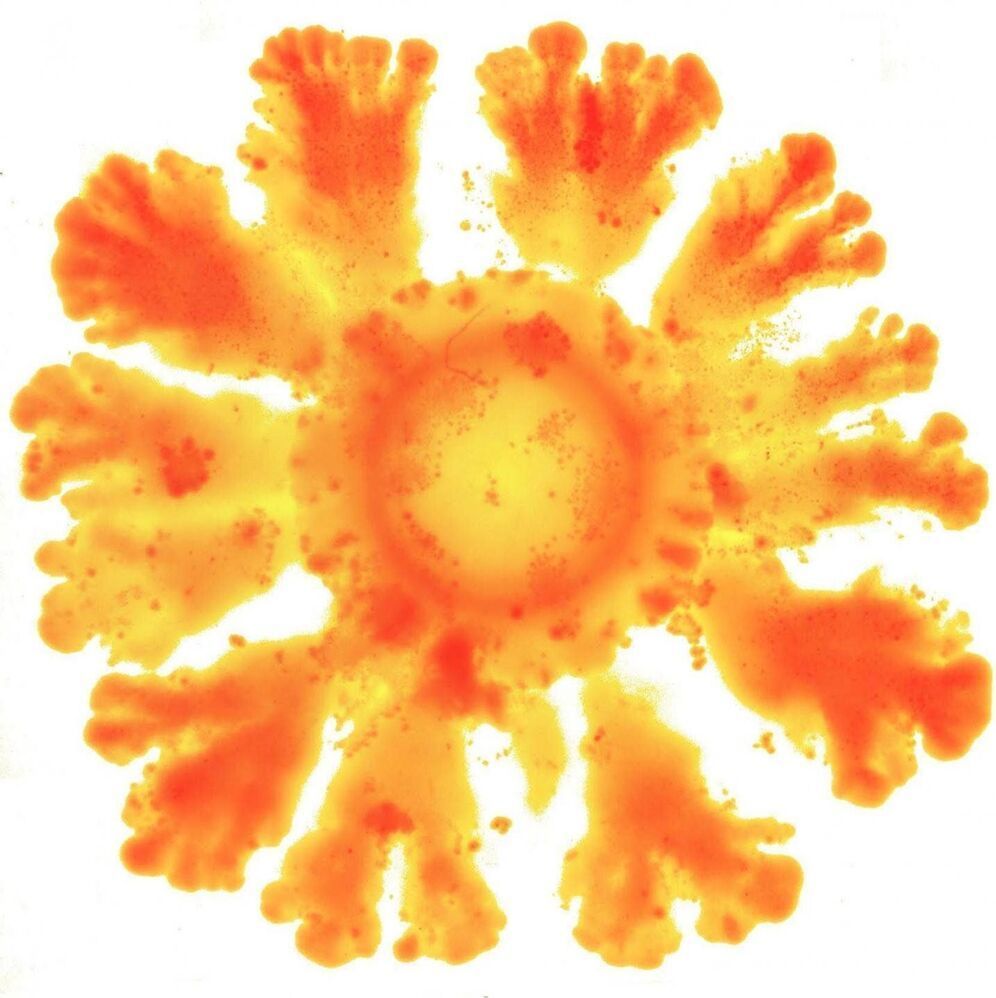
Richard Feynman, one of the most respected physicists of the twentieth century, said “What I cannot create, I do not understand.” Not surprisingly, many physicists and mathematicians have observed fundamental biological processes with the aim of precisely identifying the minimum ingredients that could generate them. One such example are the patterns of nature observed by Alan Turing. The brilliant English mathematician demonstrated in 1952 that it was possible to explain how a completely homogeneous tissue could be used to create a complex embryo, and he did so using one of the simplest, most elegant mathematical models ever written. One of the results of such models is that the symmetry shown by a cell or a tissue can break under a set of conditions.


3D printing is a universal process in the sense that pretty much any part that can be drawn up in a CAD program can be printed, at least within a certain resolution. Machining a part on a mill or lathe, while having the advantage of greater accuracy and material options, is a slightly less universal process in that many possible designs that exist in theory could never be machined. A hollow sphere can easily be printed, but a ball could never be milled as a single part into a hollow sphere—unless you happen to have a milling machine tiny enough to fit inside the ball. But what about biological parts, and whole animals? How universal, from a design perspective, is growth?
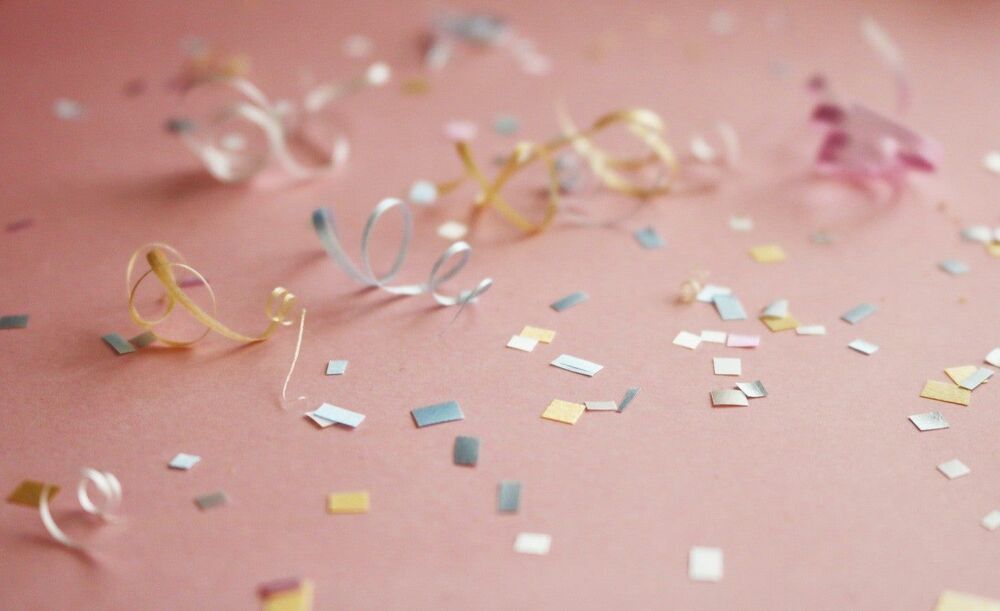

A team of scientists from the Leibniz Institute for Zoo and Wildlife Research (Leibniz-IZW) inGermany, Givskud Zoo–Zootopia in Denmark and the University of Milan in Italy succeeded in producing the very first African lionin-vitroembryos after the vitrification of immature oocytes. For this specific method of cryopreservation, oocytes are collected directly after an animal is castrated or deceased and immediately frozen at-196°C in liquid nitrogen. This technique allows the storage of oocytes of valuable animals for an unlimited time, so that they can be used to produce offspring with the help of assisted reproduction techniques. The aim is to further improve and apply these methods to save highly endangered species such as the Asiatic lion from extinction. The current research on African lions as a model species is an important step in this direction. The results are reported in the scientific journal Cryobiology.
Lion oocytes are presumed to be very sensitive to chilling due to their high lipid content, resulting in poor revival following slow cooling. Vitrification can circumvent this problem, as the cells are frozen at ultra-fast speeds in solutions with a very high concentration of cryoprotective agents. This method prevents the formation of ice crystals in the cells, which could destroy them, and enables them to remain intact for an unlimited time to allow their use later on.
For the present research, the scientists collected oocytes from four African lionesses from Givskud Zoo—Zootopia after the animals had been euthanised for the purpose of population management. Half of the oocytes (60) were vitrified instantly. After six days of storage in liquid nitrogen, the vitrified oocytes were thawed and subjected toin-vitromaturation in an incubator at 39°C for a total of 32–34 hours. The other half (59) were used as control group and directly subjected toin-vitromaturation without a step of vitrification. Mature oocytes of both groups were then fertilized with frozen-thawed sperm from African lion males. “We could demonstrate a high proportion of surviving and matured oocytes in the group of vitrified oocytes. Almost 50% of them had matured, a proportion similar to that in the control group,” says Jennifer Zahmel, scientist at the Department of Reproduction Biology at the Leibniz-IZW.